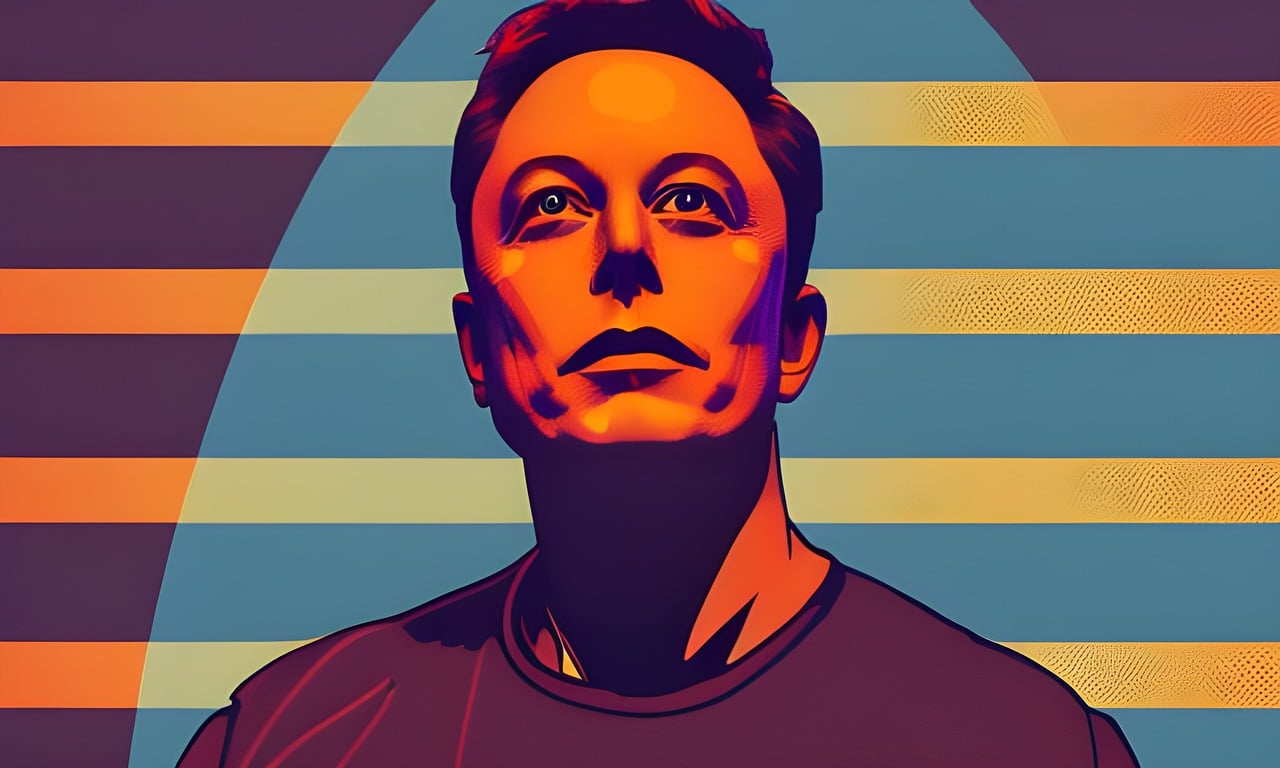| DEALFLOWUPDATE Issue #68. Friday, November 6 |
| Hello Everyone, For this edition of the Zoic newsletter, we will be covering important reimbursement decisions for innovative medical devices, metabolic diagnostic markers, controlling bleeding, treating Alzheimer’s, and early cancer diagnostics. We will also continue our IP coverage, this time on vaccine and immunotherapy technology platforms. -Neal If this is your first issue, please subscribe and consider sharing with others. Additionally, we welcome news from our readers. If you’re up to something interesting, let us know. Email chad@zoiccapital.com |
Podcast Designing a Culture of Choice: Guest Lahav Gil Market Meditations is excited to have Lahav Gil as a guest on the show. Lahav was the founder and CEO of Kangaroo Design and Innovation, a Toronto-based innovation firm offering product development services to the medical devices and diagnostics industries, helping take more than 200 med-tech devices to market in addition to four specialized pre-commercial exits, including two to the public market. He now volunteers and provides mentorship at Creative Destruction Labs consulting on evolving projects, translating them from the bench to the product, business, and preparing for exits. Lahav uses a Design Thinking approach that he describes as The Cathedral Framework or Cathedral Model that enables a block building approach to building prosperous ventures. Lahav proposes how well-being at work translates into product innovation and the factors that can interfere with well-being within an organizational culture. These factors include fear, politics, internal competition, as well as ego. Lahav’s bio on LinkedIn Listen in on: Apple Podcasts, Spotify, Amazon Podcasts Deal Flow News & Insights Regulatory News We often cover regulatory processes for medical devices, as Zoic only looks at rapid FDA approval times. This is most commonly associated with the 510k classification, which is for devices that are lower risk and/or have an equivalent. The FDA has also created a sub-category for breakthrough devices, which ensures this faster classification for devices with no equivalent and/or meet a large unmet need. This has been exceptionally helpful for the industry and even for our own portfolio. In even more encouraging news, Medicare is looking to make permanent guarantees for reimbursement coverage of breakthrough devices. This is the second major hurdle that any innovative technology has to face; even if approved, if there is no reimbursement, then adoption is severely limited. This would greatly reduce the risk of truly innovative medical device technologies. Read More As an example of another breakthrough device, a medical device was just approved with that designation for treating Alzheimer’s. This noninvasive headband now has that FDA go-ahead to start managing Alzheimer’s patients. Of course, there is no therapy on the market at the moment for this severe condition, nor even an early diagnostic. There are some pharmaceuticals in development, with one just reaching approval, but there are some concerns with side-effects and many drugs not showing efficacy. Devices might be the better path, especially with breakthrough mechanisms of action. Read More Biomarkers Biomarkers are signals of a condition, either existing or upcoming. They are most often DNA or proteins, or cell types. A new type of biomarker, however, are metabolites. These are products of our breakdown of the foods and drinks we consume, and there is increasing evidence these are critical in certain diseases and conditions. This includes, potentially, conditions that have so far eluded early diagnosis, such as Alzheimer’s. Metabolic biomarkers can even be used to identify cardiac conditions early on, as research now shows. These metabolites can complement existing biomarkers to build a robust, early detection panel for many conditions and diseases. Read More Growth & Acquisitions As we have covered before, acquisitions in the medical device space continue to grow. Teleflex, a major medical device manufacturer, recently acquired a company in the hemostasis, or bleeding control market. Hemostasis has often been associated with emergency and field use, such as military and first responders. That market is generally saturated with quick clotting agents. A new field, though, which is still open for innovation, is hemostasis in the hospital, such as during surgeries. Faster, more effective, and safer means of immediately controlling a bleed, whether due to trauma or planned surgery, can dramatically improve many patients’ outcomes.Read MoreWe still see continuing growth and acquisitions in liquid biopsy and early blood diagnostics for cancer and other chronic conditions. In fact, there looks to be some consolidation in the market with large players such as Exact Sciences acquiring other cancer diagnostics for large amounts. This may mean some stagnation on the technology front as methods and IP get brought under one platform, but it may also mean more room for innovative early-stage companies Read More IP News This is a good example of how a small biotech company used its vaccine leverage to retain IP rights while negotiating with a much larger pharma partner in IP news and articles. Dr. Sahin made it clear any vaccine would be a BioNTech product. He said that unlike for the flu shot, Pfizer would seek a U.S. license for a Covid-19 vaccine not for itself but on BioNTech’s behalf. Pfizer said that intellectual property “predominantly directed” toward the vaccine would be owned by BioNTech. Still, discoveries after the Covid-19 partnership began might ultimately be owned by either BioNTech or Pfizer, “depending on the nature” of the discovery. Dr. Sahin’s insistence on retaining ownership of the vaccine came from his conviction that it would “boost the company’s work on mRNA technology in other areas such as cancer treatments that are currently in clinical trials.” The company also anticipated applications of the same technology in cancer treatment. Read More What Are SPACs, and Why Are They Back? Why have SPACs re-emerged? In response to accounting fraud in the early 2000s, such as the Arthur Anderson/Enron scandal, legislators reformed public accounting practices. The Sarbanes-Oxley Act (SOX) increased the regulation of publicly traded companies by expanding upon and creating new requirements. Meeting the new regulatory compliance standards presented an additional barrier to entry for smaller companies to list on the public exchanges.SPACs provide an opportunity to help smaller companies go public. This is achieved by reducing the complexity associated with the IPO process. By taking a shell company public, SPACs defer the requirement of costly audited statements until sufficient funds are raised. Despite its original purpose, SPACs have traditionally held a poor reputation due to sponsors’ questionable actions and have been characterized by its poor returns for investors. However, with the recent surge in popularity and the entrance of reputable sponsors, investors, and underwriters, the vehicle is showing promise to provide a viable alternative to traditional IPOs and/or direct listings. Our newest research on SPACs has been compiled to cover the SPAC IPO market, fundraising, SPAC IPO costs, by industry, lifecycle, and more. Download Zoic’s Primer on SPACs What We’re Reading Above the Crowd Going Public Circa 2020; Door #3: The SPAC PitchBook What’s electrifying the romance between SPACs and cleantech? The Verge The US government seized $1 billion in bitcoin from dark web marketplace Silk Road Prof G Pod: The Fintech Space As It Relates to Ant Group’s Suspended IPO Connect With Zoic Capital |
| The Biweekly Dealflow Update, curated by the team at Zoic Capital. |

© 2026 Zoic Capital.
Close Menu
Contact Us
113 Cherry St.
PMB 2981
Seattle, WA 98104-2205
E: hello [at] zoiccapital.com

